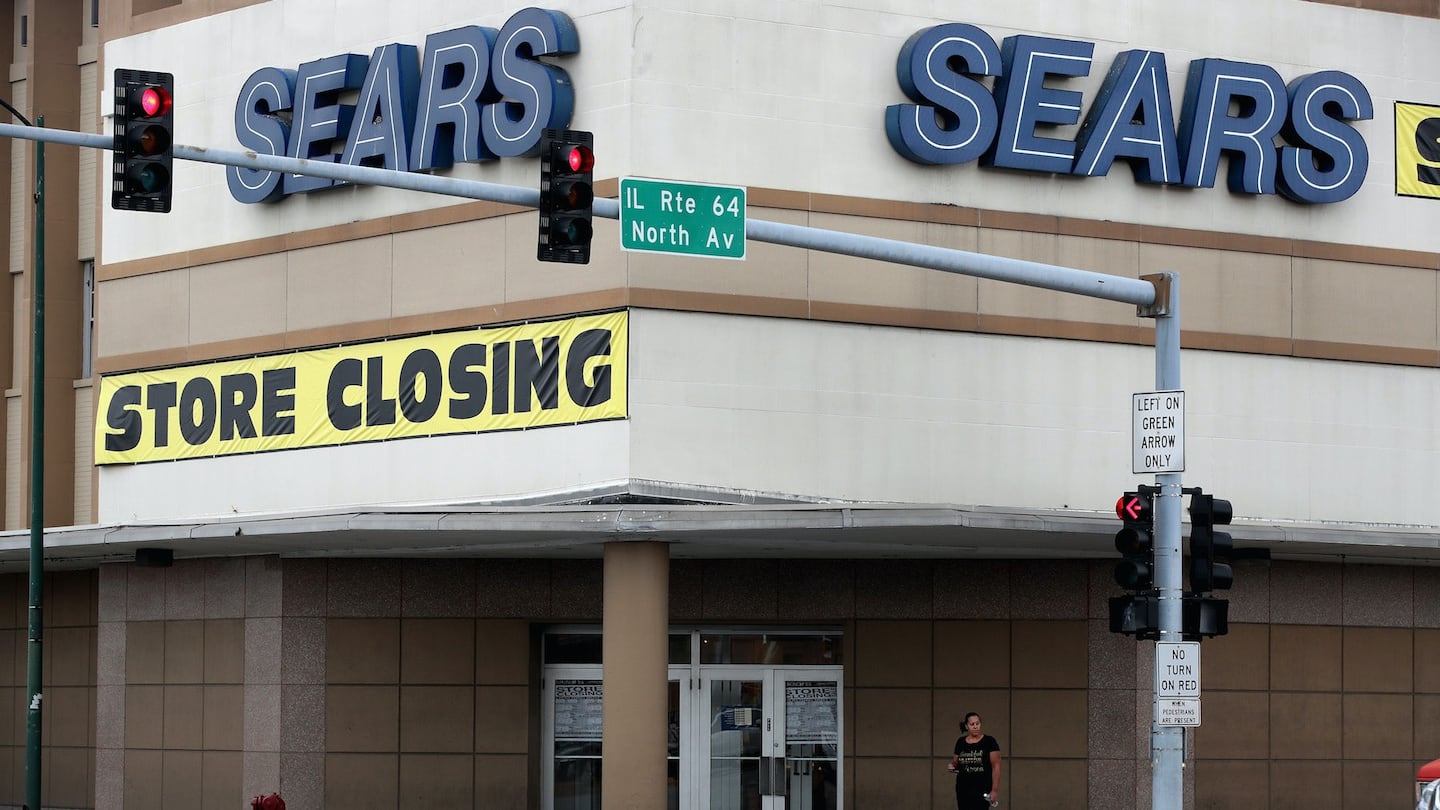
The Business of Fashion
Agenda-setting intelligence, analysis and advice for the global fashion community.

Agenda-setting intelligence, analysis and advice for the global fashion community.

HOFFMAN ESTATES, United States — Sears Holdings is preparing a wind-down after Chairman Eddie Lampert's bid to buy several hundred stores out of bankruptcy fell short of bankers' qualifications, people with knowledge of the matter said.
Sears representatives summoned liquidation firms and other advisers to emergency meetings on Friday after rejecting Lampert’s $4.4 billion bid to buy and operate Sears stores, said the people, who declined to be identified because the discussions were private. Sears would now focus on preparing for liquidation sales to begin as early as mid-month, they said.
If the 125-year-old retailer does die in bankruptcy — like Toys “R” Us in 2018, and Borders Group in 2011 — it would mark the largest fatality yet in the retail apocalypse prompted by a shift to online shopping and other changing spending patterns.
Lampert could rally yet with an improved bid before a status hearing on Tuesday. He also has a back-up plan in which ESL would pursue the purchase of some of Sears’s parts, including real estate and some of its brands.
ADVERTISEMENT
Spokesmen for Sears and ESL declined to comment, as did a representative for Lazard Freres & Co., which is advising Sears.
Shortcomings
The retailer, which includes its namesake department-stores and the Kmart chain, entered Chapter 11 protection in October with $11.34 billion in debt and a warning that it risked being relegated to the “dustbin of history” with 68,000 jobs at stake.
Its filing marked the second-largest retail bankruptcy ever, according to Bloomberg Data — just after that of real-estate specialist Capmark Financial Group, with $21 billion in liabilities. The third largest, Toys “R” Us, had around $8 billion in debt. Its attempt to reorganise through bankruptcy failed.
Sears has pushed forward with the hope that it could restructure with a smaller group of more profitable stores. The bid Lampert submitted in late December intended to keep 425 stores open, while preserving up to 50,000 jobs.
But representatives for the company — along with creditors and other parties — found a number of shortcomings, people with knowledge of the discussions said.
Sticking Point
Gaps remained in some of the financing and the plan wouldn’t have provided enough cash to cover costs incurred in the bankruptcy, the people said. It also undervalued inventory and other assets relative to what liquidators were promising to pay.
ADVERTISEMENT
Another key sticking point: Much of Lampert’s bid rested on him getting ownership of the reorganised business in exchange for the forgiveness of $1.3 billion of debt he holds. But the validity of those very claims — racked up in a series of spinoffs, refinancings and other transactions — has already been challenged by a group of creditors. The ESL plan didn’t include a cash backstop for that part of the bid.
ESL has said its liens are valid and came after the firm extended more than $2.4 billion of secured financing to keep Sears afloat.
Ongoing Marketing
Sears has told real estate firm Jones Lang LaSalle to continue marketing the company’s properties and accepting open-market bids even though the deadline for those offers was December 28, one of the people said.
Lampert’s bid included a secondary proposal in case the going-concern offer were to fall through. It included buying selected real estate for $1.8 billion and Sears intellectual property, such as the brand name. Much of that plan would also be funded by forgiving some of the debt he holds.
Earlier in the bankruptcy, creditors questioned whether transactions involving Lampert had bilked them of $2.6 billion, setting the stage for conflict over deals with the very investor who is offering to salvage the company. Lampert’s ESL said its transactions were made in good faith and on fair terms to other stakeholders.
By Eliza Ronalds-Hannon and Lauren Coleman-Lochner; editors: Rick Green, Shannon D. Harrington and Kevin Miller; with assistance from Nabila Ahmed, Tiffany Kary and Lily Katz.
Antitrust enforcers said Tapestry’s acquisition of Capri would raise prices on handbags and accessories in the affordable luxury sector, harming consumers.
As a push to maximise sales of its popular Samba model starts to weigh on its desirability, the German sportswear giant is betting on other retro sneaker styles to tap surging demand for the 1980s ‘Terrace’ look. But fashion cycles come and go, cautions Andrea Felsted.
The rental platform saw its stock soar last week after predicting it would hit a key profitability metric this year. A new marketing push and more robust inventory are the key to unlocking elusive growth, CEO Jenn Hyman tells BoF.
Nordstrom, Tod’s and L’Occitane are all pushing for privatisation. Ultimately, their fate will not be determined by whether they are under the scrutiny of public investors.